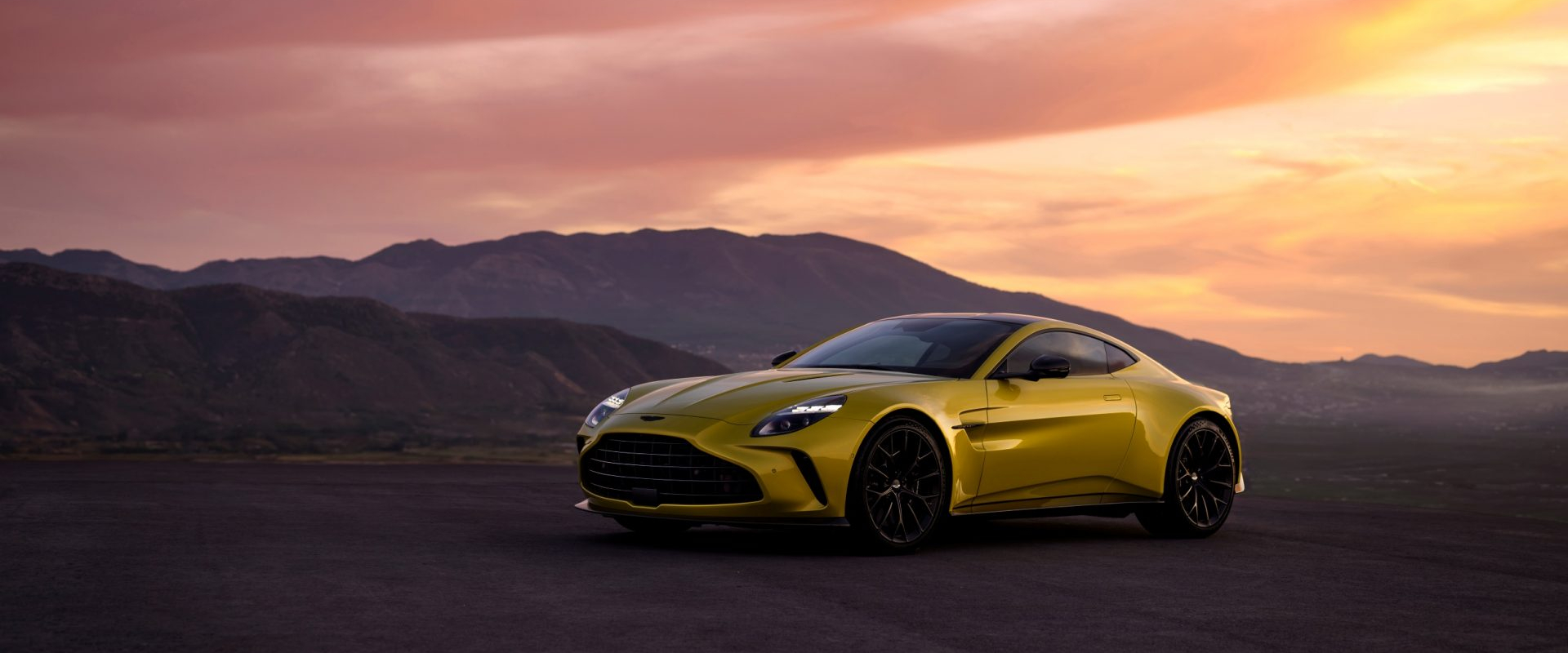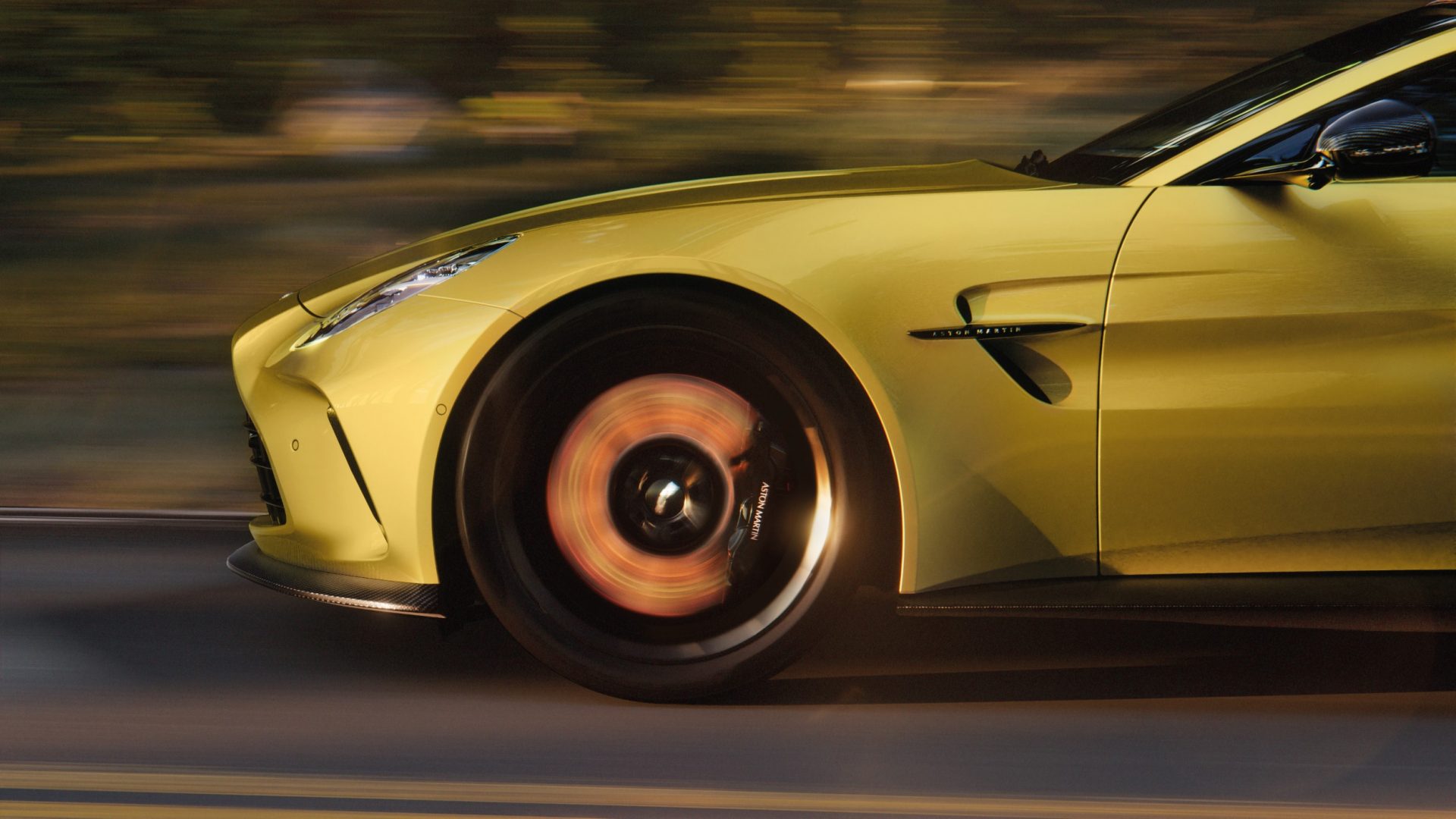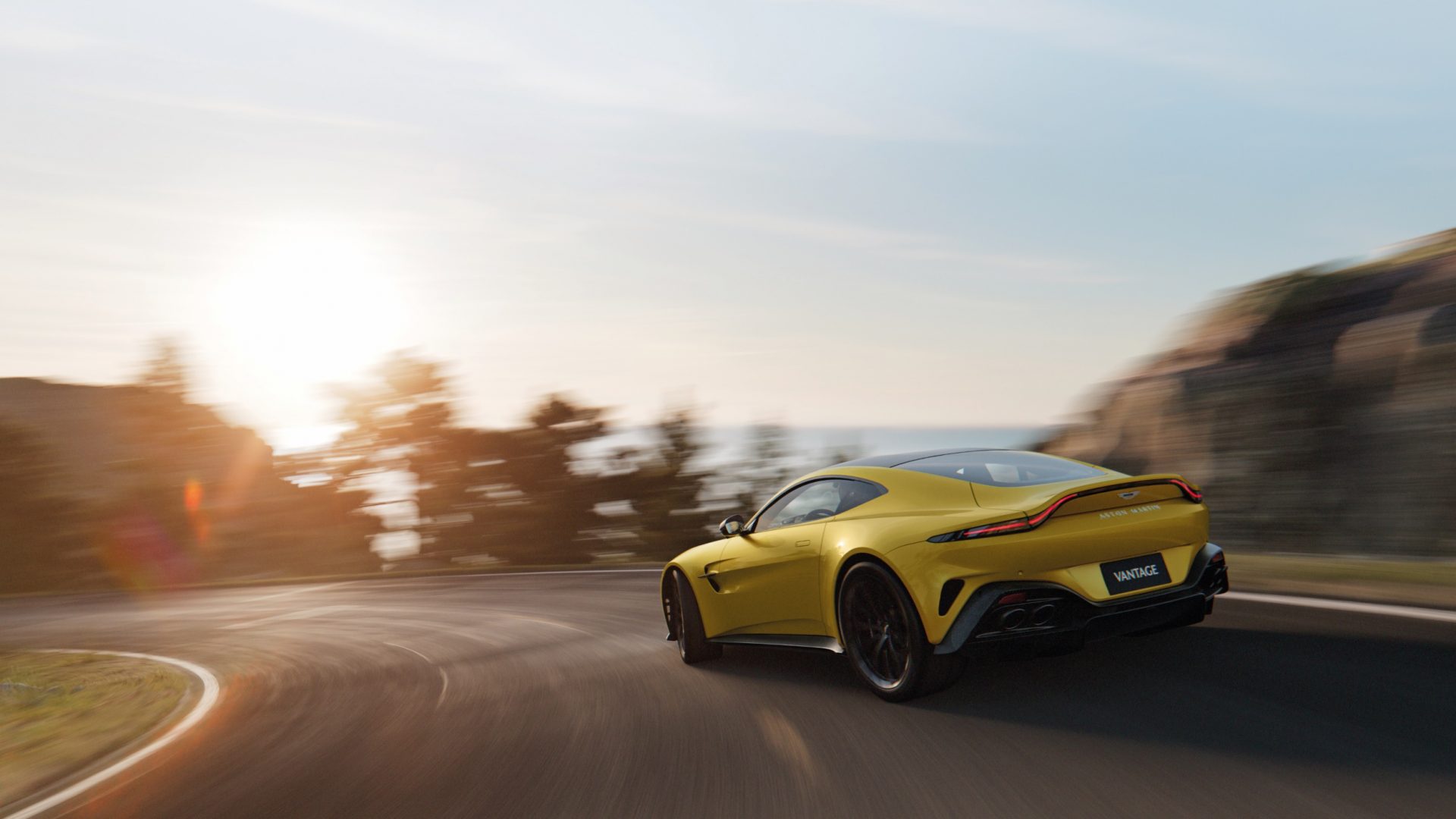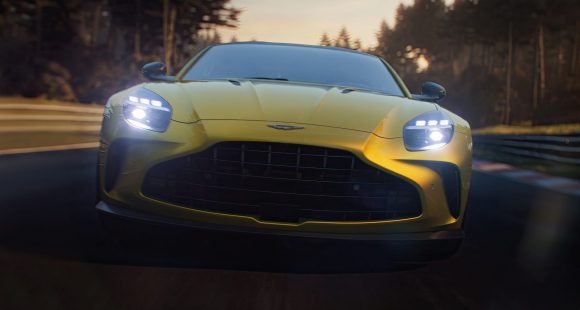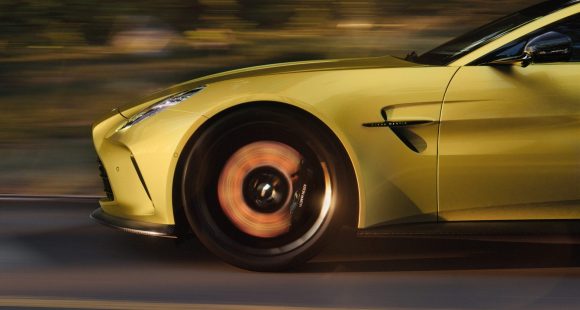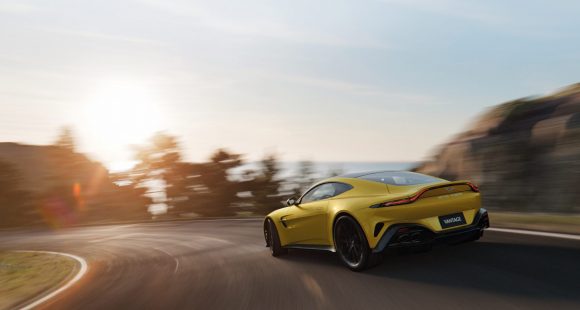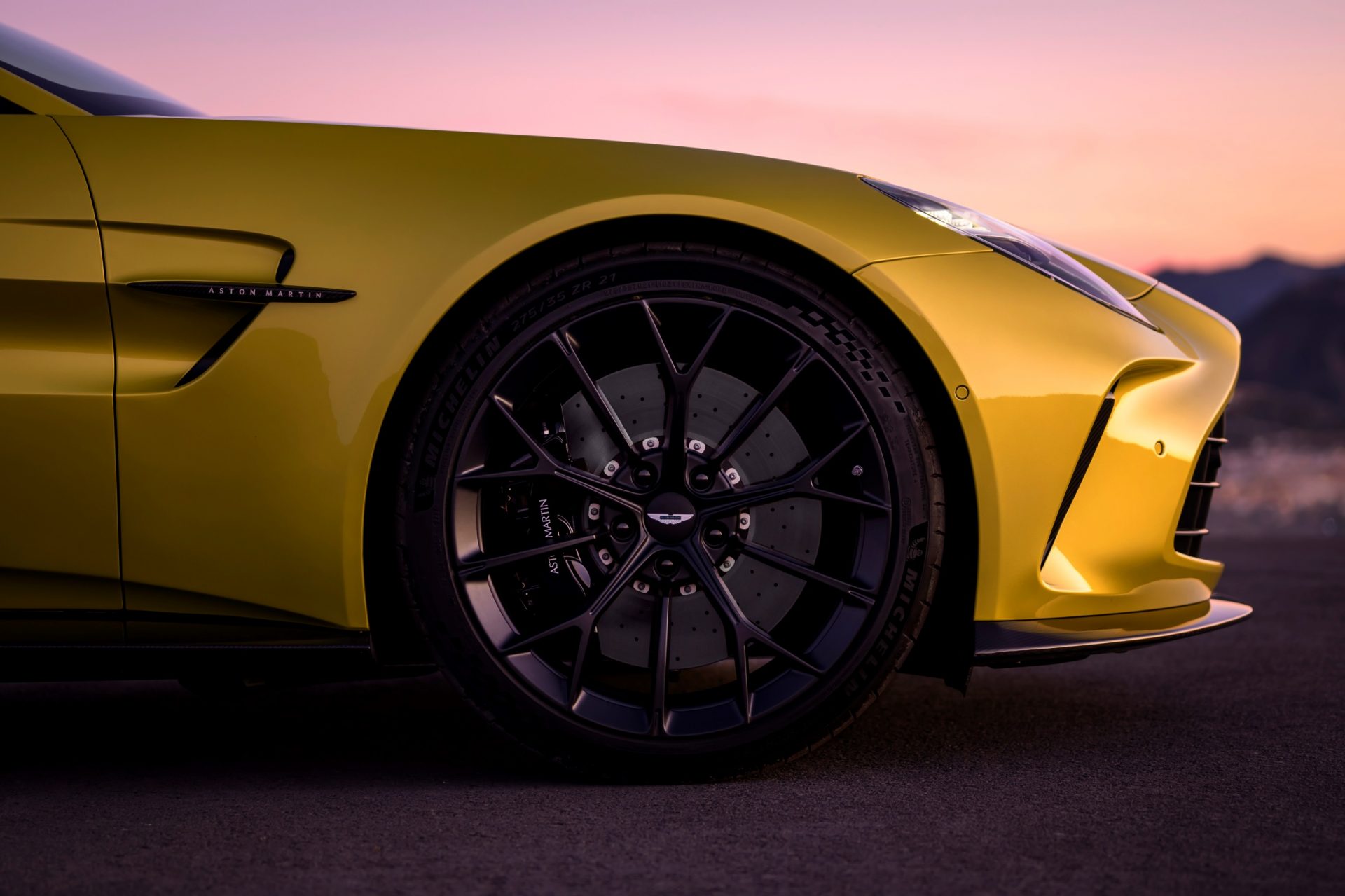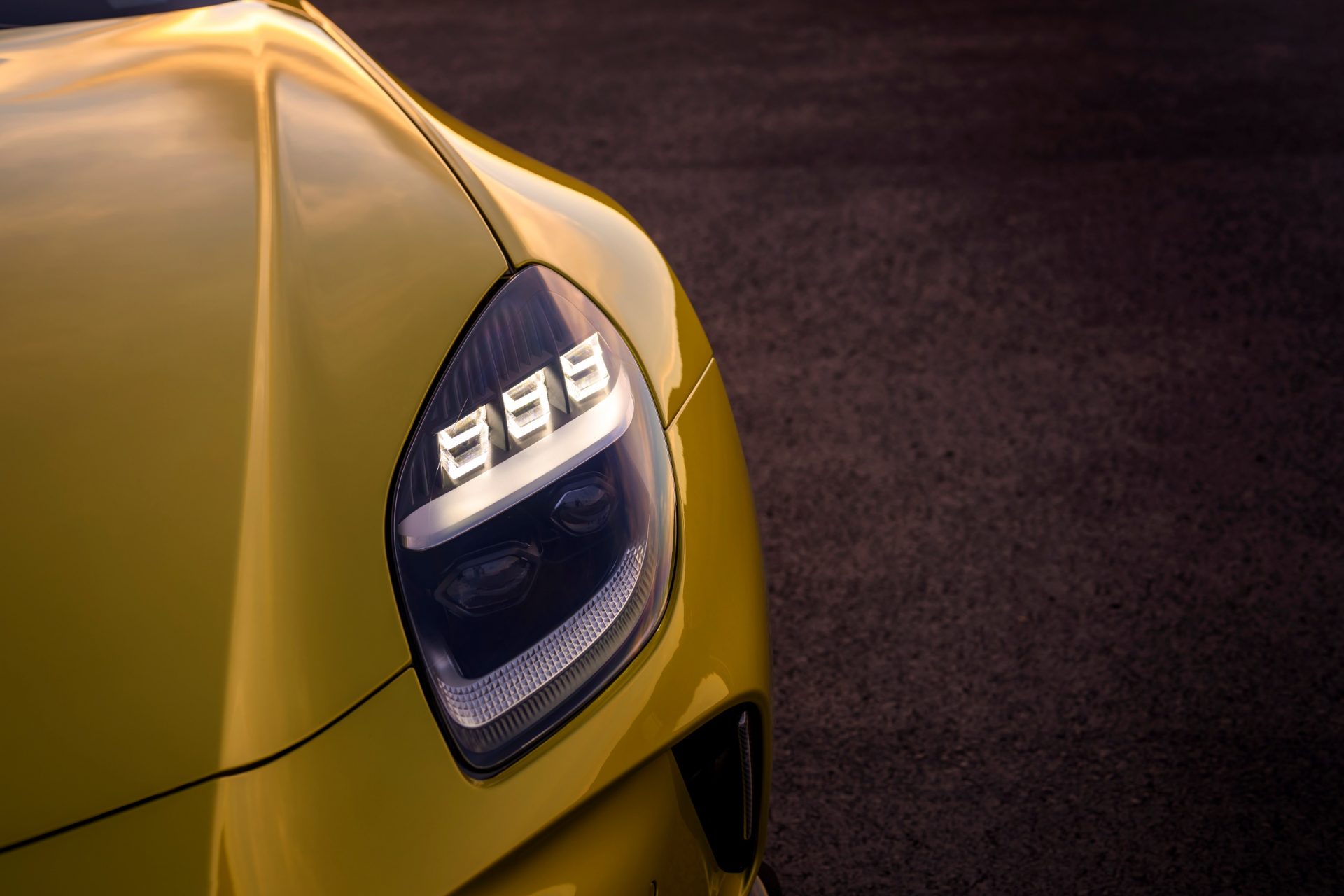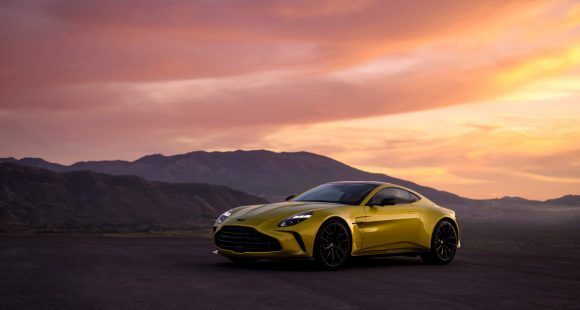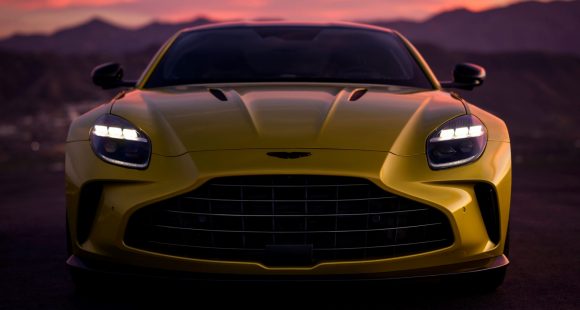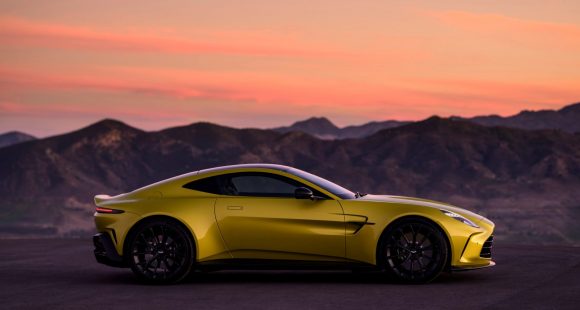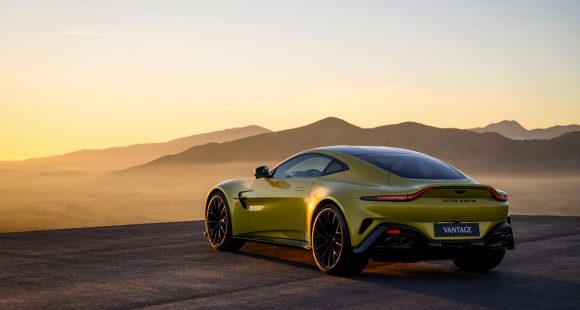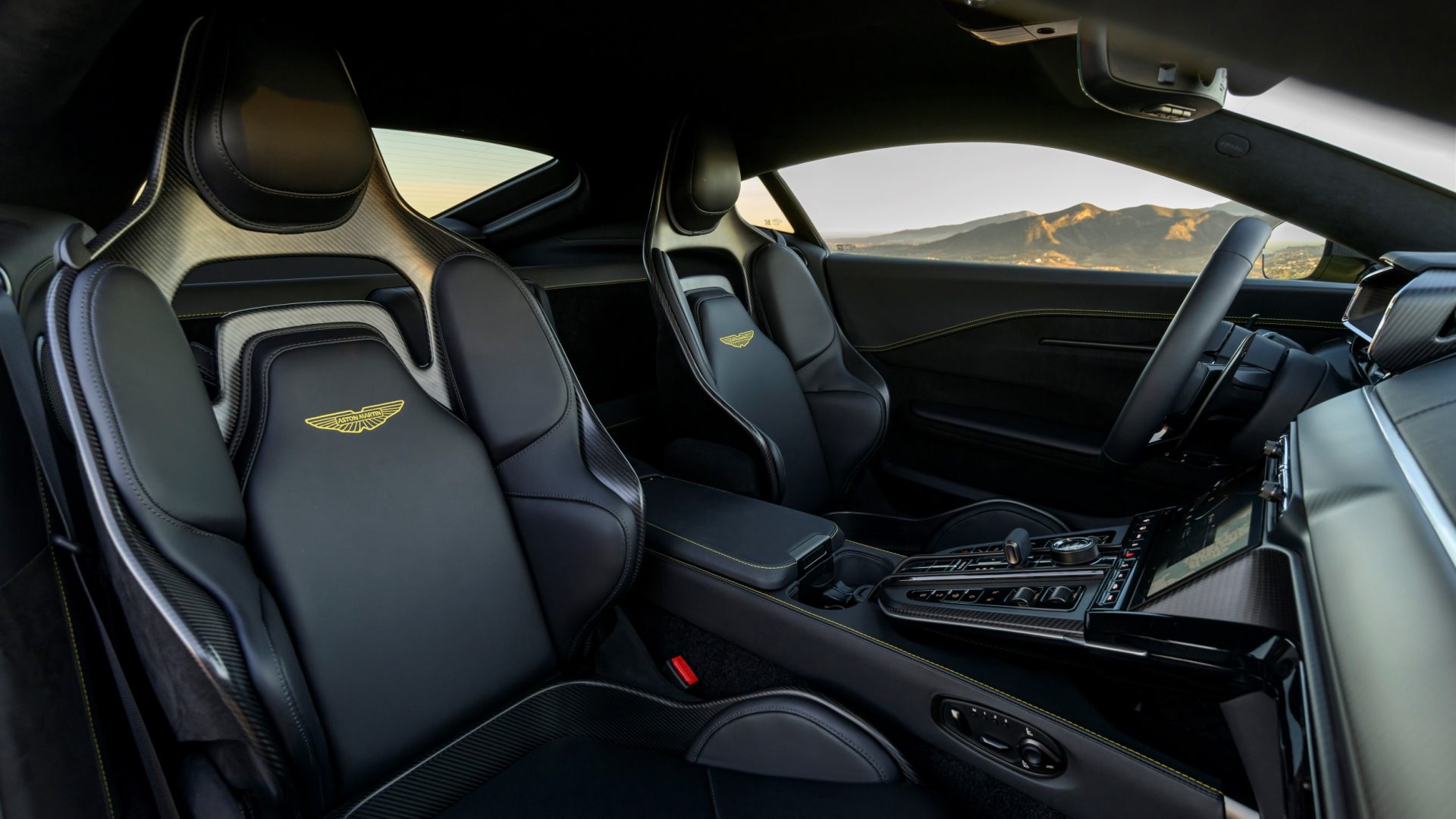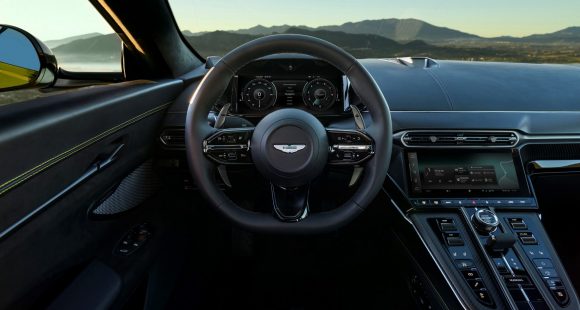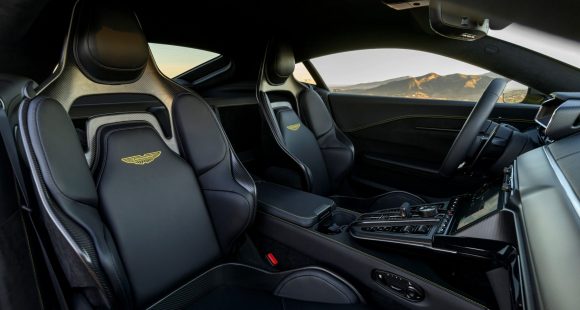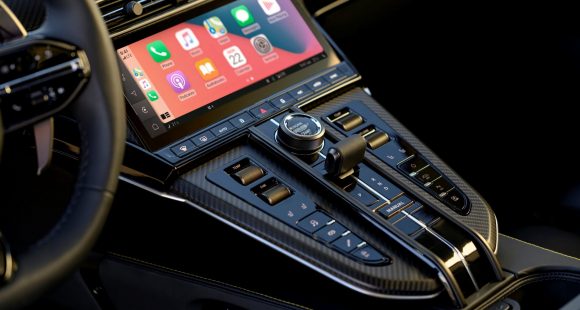Aston Martin Vantage Packs More Power, Fresh Style
February 12, 2024Aston Martin hit the headlines last year with a number of new products, including the DB12, self-defined as “the world’s first super tourer.” We had a chance to drive the latter in Monaco and believe us– it absolutely lives up to that definition. Now in 2024, Aston Martin’s streak continues; however, this an update of the time-tested Vantage nameplate, and this refresh is more than just skin deep.
Cutting to the chase, the next Vantage boasts a significant power increase, now up to 656 horsepower and 590 lb-ft of torque, all derived from a twin-turbo 4.0-liter V8 engine. That represents an increase of 153 horsepower, made possible by extensive retuning of the engine and a variety of mechanical changes, like larger turbochargers and increased cooling. Translating that extra muscle into forward motion means a 0-60 mph time of 3.4 seconds and a top speed of 202 mph, with all power channeled to the rear wheels through an 8-speed ZF automatic transmission. That transmission has also been tweaked, including a shorter 3.083:1 final drive ratio and shift calibrations.
The above acceleration time can be achieved with the help of a new Launch Control system, putting down as much torque as possible without excessive wheel slip, taking full advantage of the stability program and electronic rear differential. Drivers can adjust launch control settings, adding or subtracting slippage.
Whether the Vantage truly needed such a big performance bump is trivial. The simple fact is it’s here and it’s, at least to us, very much appreciated; but, Aston Martin didn’t just aim for better straight-line performance. Cornering is just as crucial, so the Vantage has seen extensive refinement of the bonded aluminum chassis, including some parts that are lighter, yet stronger. The improved body structure, combined with additional underbody bracing, is said to increase torsional rigidity.
Suspension mounting has also been improved, joined by new hardware a la Bilstein DTX adaptive dampers, boasting a broad range of control and heightened response time. Making contact with the road are ‘AML’-coded Michelin Pilot Sport S 5 tires: 275/35R21 up front and a wider 325/30R21 in the rear. They’re mounted on standard 21-inch forged alloy wheels, sheathing the standard cast-iron brakes or optional carbon ceramics. The latter shaves off nearly 60-lbs of unsprung mass while also improving braking performance.
When it’s all said and done, the Vantage boasts a 50:50 weight distribution– impressive for any sports car, especially one packing a mean twin-turbo V8 under the hood.
As if breaking away from the norms of the automotive industry, this refresh mostly focuses on all the above-mentioned performance upgrades, with styling and interior changes ranking behind. That’s not a complaint, just an observation, especially considering how attractive the Vantage already was. The body is about an inch wider, accommodating for those wider tires. The grille is now larger, improving mass airflow by 29%, aiding in cooling. A few extra garnishes, like an integrated front splitter and cooling intakes, add a little more excitement to the whole affair; and new headlights have been mounted up, now featuring Aston Martin’s new light signature.
If you didn’t know the kinds of cars Aston Martin makes, you might be thinking we were describing some kind of stripped-down, souped-up performance machine that doesn’t care much for your comfort. Well, you no doubt know what kind of street cars Aston Martin rolls off the line, so you also know the Vantage is equal parts luxury and performance.
Following the likes of the DB12, the Vantage features Aston Martin’s next-gen infotainment system: A 10.25-inch touchscreen with smartphone compatibility. It’s joined by a digital instrument panel and complemented by various physical controls. Otherwise, the two-seater cabin has been redesigned (again, reminiscent of the DB12’s interior), best seen in the center console and dash, including slimmed air vents and a new transmission shifter.
Pricing of the Aston Martin Vantage is yet to be confirmed, but production is expected to begin in the first quarter of this year, followed by deliveries in the second quarter. We should know more when models begin arriving stateside.




